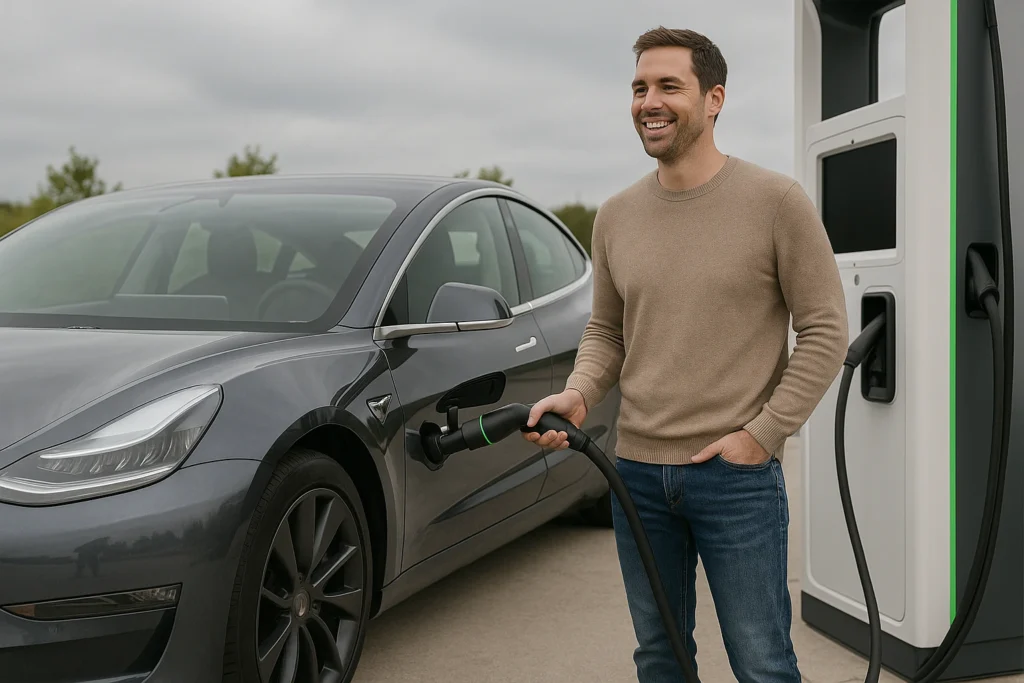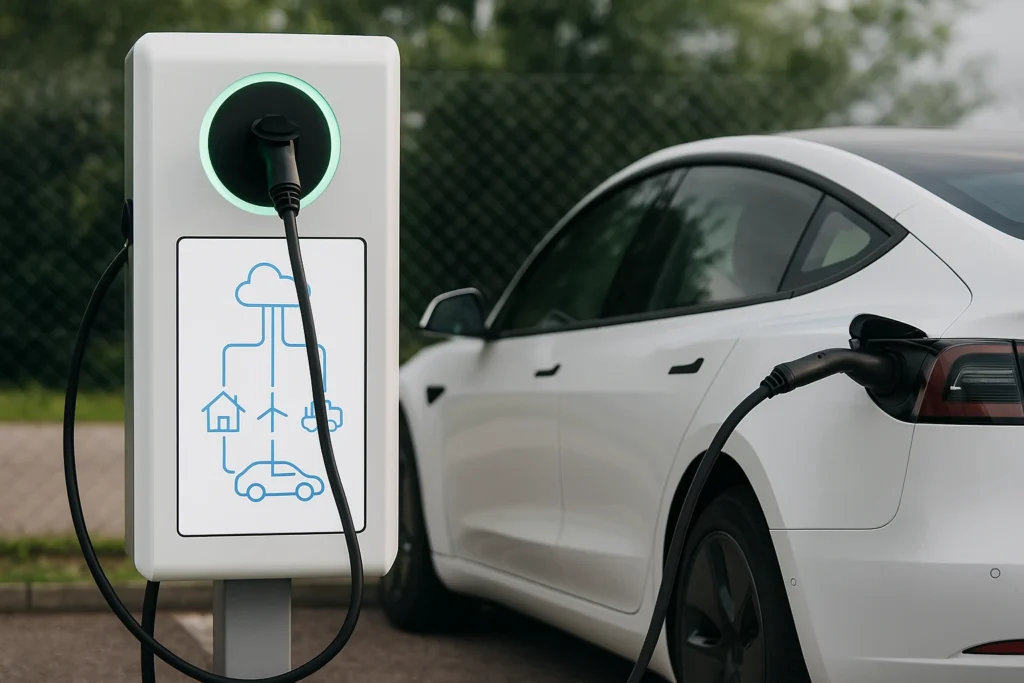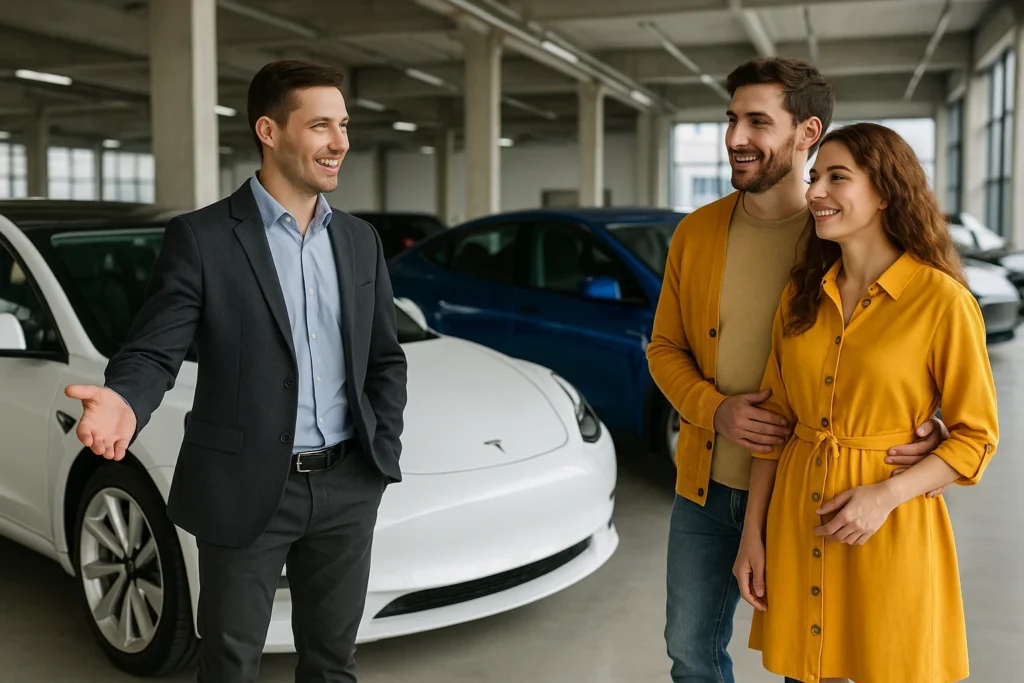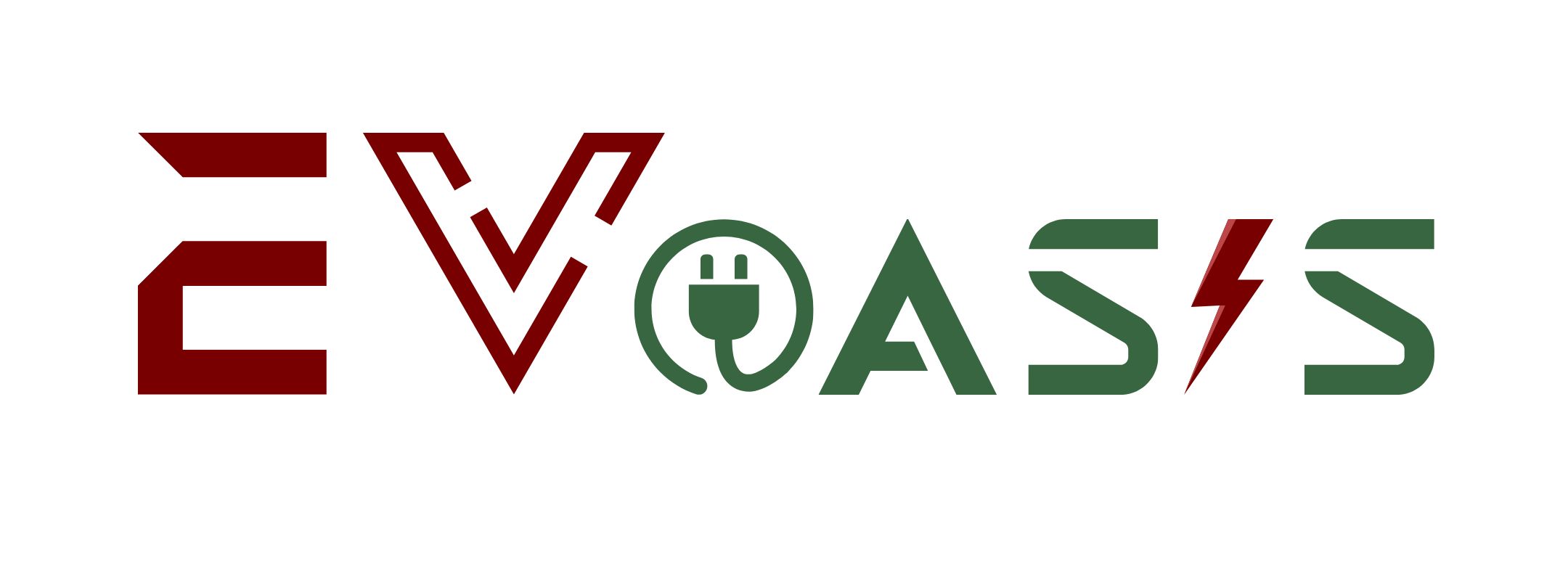Did you know that charging station reliability averages only 78% according to Harvard Business School research? That means one in five times you show up to charge your EV, it simply won’t work (and yes, we’ve all sat there tapping our fingers at slow chargers). It’s no wonder so many people still get range anxiety about electric vehicles.
But here’s the exciting part. We’re about to see some major breakthroughs that’ll make EV charging faster, easier, and more convenient than filling up at petrol stations. Think 10-minute ultra-fast charging, wireless systems you just park over, and smart networks covering every major highway.
What does this mean for you? Lower fuel costs, zero emissions, and charging that’s actually convenient. These improvements will make electric vehicles the obvious choice for drivers seeking to switch to sustainable transportation.
If you’re curious about the electric future or thinking about your next car purchase, let’s explore what’s coming.
EV Charging in 10 Minutes Will Be Normal Soon
Ultra-fast charging will reduce EV charging times from 30 minutes to just 10 minutes by 2026. Today’s fastest chargers take 20-30 minutes, but new technology cuts this dramatically. Once this happens across the network, range anxiety becomes a thing of the past.

- Why Current Charging Takes So Long: Most fast charging stations today max out around 150kW. That means waiting around for ages while your EV battery slowly fills up. You might get 200km of range in 20 minutes, which really isn’t convenient for long-distance travel or busy schedules.
- The 600kW Revolution is Coming: Mercedes plans to deploy 600kW systems across multiple countries starting in 2026. Seriously, isn’t this amazing? You’ll spend less time charging your vehicle than buying coffee and snacks at the servo.
- Battery Tech Gets Smarter: Advanced cooling systems prevent overheating during rapid charging. What’s more, the latest models can handle these ultra-fast speeds without battery damage. This means no more worrying about reducing your battery’s lifespan over time.
- Infrastructure Expansion Accelerates: Fast chargers are spreading rapidly beyond city centres. More charging infrastructure means finding ultra-fast stations everywhere you actually need them.
The bottom line is pretty simple: these ultra-fast charging improvements will make owning an EV easier than driving a petrol car. No more planning trips around charging stops.
Park and Charge Without Any Plugs: Innovative Technology
The best part about wireless charging is that you’ll never touch another cable again. You might be wondering how parking over a pad actually charges your car. Wireless charging uses magnetic fields to power your EV through the ground. It’s like how your phone charges on a wireless pad, but much more powerful.
So how does this work? The technology uses electromagnetic induction to move power. A charging pad gets buried in the ground under your parking space. This pad sends energy to a receiver under your vehicle.
When you drive over charging pads in car parks, your EV starts charging on its own. No cables needed. Some systems can even give you power while driving on special roads, but that’s still being tested.
What’s great about the newest systems is their high efficiency in current trials. Cities are already testing these systems with real drivers and getting good results. Based on these promising trials, the public rollout of wireless charging systems is expected to begin soon.
Here’s the catch, though. The infrastructure needs to grow first. Wireless charging costs more than plug-in systems at first. But the convenience makes it worth the extra cost for many EV owners who want easy charging.
Looking ahead, wireless EV charging looks very promising for reducing range anxiety completely.
Smart Charging Infrastructure Will Cover Everything
What if finding a charging station was easier than finding a petrol station? Smart charging infrastructure is about to make that dream a reality everywhere.
Let’s look at how charging networks are changing:
| Current vs Future Charging Networks | |
| Today | By 2030 |
| Basic plug-and-pay stations | Smart AI stations |
| Limited highway coverage | Every 150km on major routes |
| Manual payment systems | Auto billing and bookings |
| Grid-dependent power | Clean energy integration |
Through our analysis of government programs, the change is already starting. Government plans call for over 100 EV charging stations on key highway routes at 150km intervals as part of the partnership with NRMA. Smart stations will check your battery health and suggest the best charging speeds. They’ll even change pricing based on grid demand and solar power.

What makes these systems truly smart is how they work behind the scenes. Smart systems will guess busy times, book spots ahead of time, and use clean energy when it’s available. The best part? You’ll always find an open spot when you arrive.
The smart infrastructure also includes required workplace and apartment charging (because infrastructure promises don’t always deliver on time). These systems will make charging as simple as parking your car.
If you don’t see the value yet, wait until you hear this next part about turning your EV into a power source.
Your EV Will Power Your House and Make Money
Vehicle-to-grid technology is the easiest way to turn your EV into a money-making power station. Let’s be honest here, this sounds like science fiction, but it’s already happening.
Vehicle-to-grid technology lets your EV battery run your home during blackouts. Your car becomes a giant battery on wheels. Based on our research into V2G trials, one EV battery can power an average home for three days straight.
Here’s the money-making part:
- Charge when solar power is cheap (daytime)
- Sell power back when prices peak (evenings)
- Earn credits while you sleep
That’s not all, though. The technology works for different vehicle types, too. Fleet charging depots serve delivery trucks with high-speed charging. One more thing, golf carts and small vehicles use cheaper community stations. Even e-bikes get their own charging networks.
So what’s the science behind this? Energy companies pay good money for flexible power sources. Your EV battery earns cash when you’re not driving, and smart grid systems handle everything automatically.
Should You Buy Electric Vehicles Now or Wait?
So what’s the real deal for buyers right now? With all these charging breakthroughs coming by 2030, you’re probably wondering whether to buy an EV today or wait for better technology.
Buy an EV now if you can charge at home easily. Home charging solves most range anxiety issues, and you’ll benefit from current government incentives. The infrastructure is already good enough for daily driving and short trips.
Here’s the thing, though. Wait until 2026 if you rely heavily on public charging infrastructure. That’s when ultra-fast charging really takes off and wireless systems start appearing. You’ll have a much better experience if charging convenience matters to you.

One more important point about future-proofing. Choose EVs with CCS2 charging ports for the best future compatibility. Most new wireless and ultra-fast charging systems will support this standard. Your EV will work with whatever charging technology comes next.
When it comes down to it, early adopters get the best government incentives, but late adopters get better charging infrastructure. Pick the option that matches your current driving needs and charging situation.
Ready to Join the EV Charging Future?
With charging infrastructure growing fast, the EV revolution can’t be stopped. These charging improvements will make electric vehicles easier to use than petrol cars within five years (and no, this isn’t just wishful thinking).
The future of EV charging looks great. Ultra-fast 10-minute charging, wireless systems you just park over, smart networks that save your spot, and vehicle-to-grid technology that pays you money. All of this technology is coming between now and 2030.
Right now, early adopters can still get great government help and enjoy first access to the best charging networks. The electric future is closer than most people think, and the benefits keep getting better.Start your electric future today with Evoasis. We’ll keep you updated on all the latest EV news and charging solutions as they happen.
